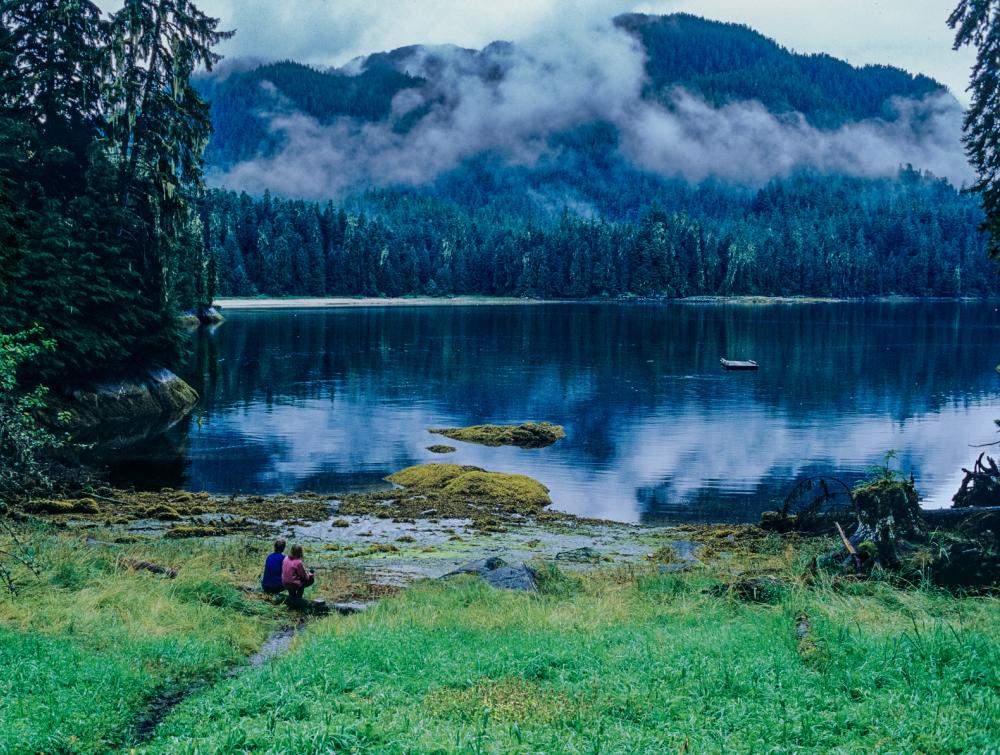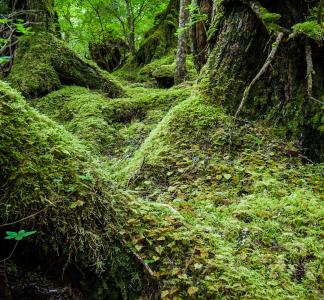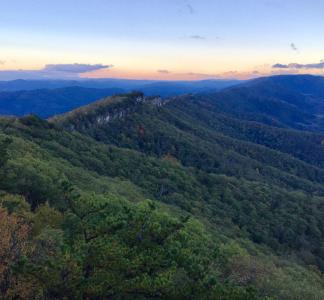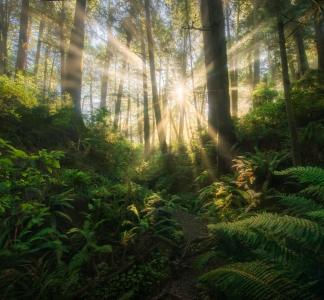5 reasons Tongass National Forest is worth fighting for

Tongass National Forest, Alaska
Howie Garber
Why Trump’s logging push is a tragic mistake
The Washington Post recently reported that President Trump has ordered Secretary of Agriculture Sonny Perdue to open Tongass National Forest to logging and road-building by exempting the forest from a law called the “Roadless Rule,” which is designed to protect the very wildest parts of America’s forests from reckless development.
If Trump’s order is successful, it could trigger a wave of similar Roadless Rule exemptions that collectively declare open season on the nation’s few relatively untouched and untamed forests.
But what about the Tongass itself? More than just a bellwether of things to come, this attack gravely threatens one of the planet’s truly exceptional landscapes—the largest remaining temperate rainforest on Earth.
These are just a few reasons we need to stand up for Tongass National Forest.
1. Tongass National Forest is a vital tool to combat climate change
The Tongass is the biggest national forest in the U.S. and arguably one of the biggest tools in our arsenal to confront climate change.
In addition to their many other gifts, trees pull carbon from the atmosphere and store—or “sequester”—it. The underlying soil absorbs some of that heat-trapping gas as well, making forests major carbon sinks and an increasingly big part of the discussion when we talk about how to stem the tide of global warming.
Partly owing to the local climate and other factors, the Tongass is uniquely suited to this task (some have even taken to calling it “America’s Climate Forest” or the nation’s “climate insurance policy”). Itstores more carbon than any other national forest and is likely one of the most productive carbon-trapping forests on Earth.
Encouraging more logging would not only blunt that secret weapon, but make the Tongass a part of the problem instead; when forests are logged, the carbon that had been stored in their trees and soil is ejected into the atmosphere again. A report published in 2016 found one proposal to log old-growth trees in the Tongass would result in greenhouse gas emissions comparable to what would be added to the atmosphere if you put 4 million new vehicles on the road and had them drive around for the next 100 years.
2. Tongass National Forest is America’s salmon forest
The waterways of Tongass National Forest produce a huge number of pink, sockeye, coho and king salmon that help sustain local fishing communities. In fact, one-quarter of the entire West Coast’s annual commercial salmon harvest comes from the Tongass, earning it the unofficial designation "America's Salmon Forest."
A big reason the forest’s watershed and others in this part of the state are so prolific is that they’re much more intact and undamaged by human activity than elsewhere in the Pacific Northwest. It’s easy to see how cutting Roadless Rule protections could ruin that: roads introduce harmful erosion and disrupt the passage of salmon, while logging robs fish populations of trees that offer cooling shade in the summer, warming shelter in the winter and a stabilizing root system that acts as a hedge against flooding.
Additionally, the cycle of salmon traveling from the sea back to freshwater streams and rivers to spawn super-charges the forest ecosystem. Anything that hurts trees on a large scale will hurt salmon, which will in turn further hurt trees (and every other living thing in the neighborhood).
3. Tongass National Forest is important to some Indigenous communities
The Tlingit nation has continuously inhabited Southeast Alaska for thousands of years, efficiently subsisting on the natural bounty offered by the Tongass and other wildlands. Hundreds of years ago, they were joined by the Haida and Tsimshian nations, which similarly live off the land. A renewed effort to log and develop in the Tongass, where tens of thousands of Indigenous Alaskans still live, threatens a place that some in these communities consider their ancestral homeland.
As you might expect, Indigenous figures are prominent among those speaking out in defense of the Tongass. In 2019, Indigenous activists descended on both Washington DC and the state capitol in Juneau to ask that the Tongass be protected and the Roadless Rule kept intact. Some Alaska Native corporations have even been active in constructing carbon-offset agreements with energy companies in order to ensure the preservation of parts of the Tongass.
4. Tongass National Forest helps ensure clean drinking water
Forests constitute a water treatment network that catches rainfall, regulates storm runoff and pulls pollution from the soil rather than allowing it to make it back to waterways. Roads and logging may disrupt that system and also introduce new sediment and pollutants to the mix.
Most watersheds that overlap with roadless areas provide drinking water to the public (in all, the Forest Service estimates that about 180 million Americans rely on national forest lands to capture and filter their drinking water). Though relatively far removed from sizable cities and towns, Tongass is no exception, providing clean water to several communities in Southeast Alaska. Keeping the very wildest forests in the Tongass protected from development helps ensure the wellbeing of those communities.
5. Tongass National Forest supports the economy
The typical justification for gutting the Roadless Rule or otherwise increasing old-growth logging in the Tongass is to boost local economies. But to put it simply, times have changed.
It isn’t the 1800s anymore when national forests were just a necessary means to guarantee a steady supply of lumber and paper. We now understand the unique and important role of older trees in everything from combatting climate change (see above) to maintaining a healthy wildfire regimen. We also understand that the decades of industrial-scale logging that preceded the passage of the Roadless Rule were dangerous and counterproductive, and that an intact forest provides clean air, water and other communal “ecosystem services” whose value far exceeds that of a flatbed truck piled high with spruce and cedar logs.
Nowadays, the timber industry accounts for only about 1 percent of Southeast Alaska’s jobs, and even industry heavyweights who want to cut down more trees admit their chunk of the economy is in its natural twilight. Furthermore, analyses suggest logging of roadless areas in the Tongass National Forest is grossly uneconomical, as the Forest Service typically makes back less than a dime for every dollar spent on selling the forest’s old-growth trees. According to a recent report, taxpayers will likely lose hundreds of millions of dollars in the coming years from just a few planned timber sales in the Tongass.
Meanwhile, industrial-scale logging and road-building threaten the abundant wildlife and beautiful scenery essential to tourism in Southeast Alaska, an industry that contributes more than $1 billion to the region each year and accounts for 15 percent of the region's employment. Many Alaskans have noted this and decried the outsize influence of timber interests while speaking out against changes that would exclude the state’s forests from Roadless Rule protections.



